Rising Construction Activities
The increasing pace of construction activities across various sectors appears to be a primary driver for the Below Slab Vapor Barrier Market. As urbanization accelerates, the demand for residential, commercial, and industrial buildings rises. This trend is reflected in the construction spending data, which indicates a steady growth trajectory. In 2025, construction spending is projected to reach unprecedented levels, thereby necessitating effective moisture control solutions. Below slab vapor barriers are essential in preventing moisture intrusion, which can lead to structural damage and health issues. Consequently, the heightened focus on building durability and occupant safety is likely to propel the demand for below slab vapor barriers, making them a critical component in modern construction practices.
Focus on Sustainable Building Practices
The emphasis on sustainable building practices is emerging as a crucial driver for the Below Slab Vapor Barrier Market. As the construction sector increasingly prioritizes sustainability, the demand for materials and solutions that contribute to energy efficiency and environmental protection is on the rise. Below slab vapor barriers play a vital role in enhancing energy efficiency by preventing moisture-related heat loss and improving indoor climate control. Market trends indicate that builders are actively seeking products that align with green building certifications, such as LEED. This shift towards sustainability not only influences purchasing decisions but also encourages manufacturers to develop eco-friendly vapor barrier solutions, thereby expanding the market for below slab vapor barriers.
Regulatory Standards and Building Codes
The implementation of stringent regulatory standards and building codes is a significant driver for the Below Slab Vapor Barrier Market. Governments and regulatory bodies are increasingly mandating the use of moisture control measures in construction to ensure building safety and longevity. Compliance with these regulations often necessitates the installation of below slab vapor barriers, particularly in regions prone to high moisture levels. As building codes evolve to address environmental concerns and health risks associated with moisture, the market for vapor barriers is expected to expand. This regulatory landscape not only influences construction practices but also encourages manufacturers to innovate and comply with the latest standards, thereby fostering growth in the below slab vapor barrier market.
Increased Awareness of Moisture-Related Issues
There is a growing awareness regarding the detrimental effects of moisture-related issues in buildings, which significantly influences the Below Slab Vapor Barrier Market. Moisture intrusion can lead to mold growth, structural deterioration, and compromised indoor air quality. As consumers and builders become more informed about these risks, the demand for effective moisture control solutions, such as below slab vapor barriers, is expected to rise. Market data suggests that the awareness campaigns and educational initiatives by industry stakeholders have contributed to a notable increase in the adoption of these barriers. This trend indicates a shift towards proactive measures in construction, where moisture management is prioritized, thereby enhancing the overall market for below slab vapor barriers.
Technological Innovations in Barrier Materials
Technological advancements in barrier materials are likely to play a pivotal role in shaping the Below Slab Vapor Barrier Market. Innovations such as the development of high-performance polyethylene and advanced composite materials have enhanced the effectiveness and durability of vapor barriers. These materials not only provide superior moisture resistance but also offer improved ease of installation and longevity. As manufacturers continue to invest in research and development, the introduction of new products that meet stringent performance standards is anticipated. This evolution in material technology could lead to increased market penetration and consumer preference for advanced vapor barrier solutions, thereby driving growth in the below slab vapor barrier sector.


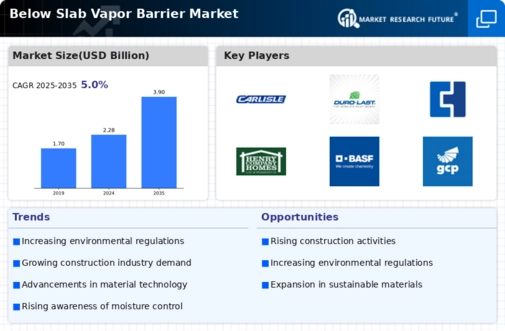
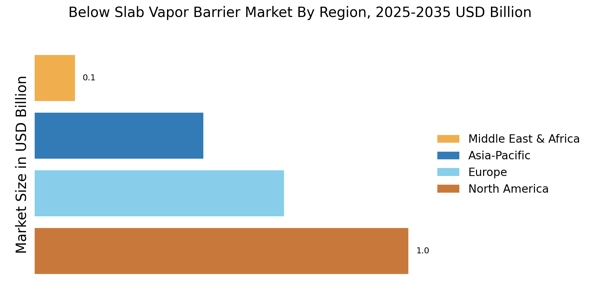

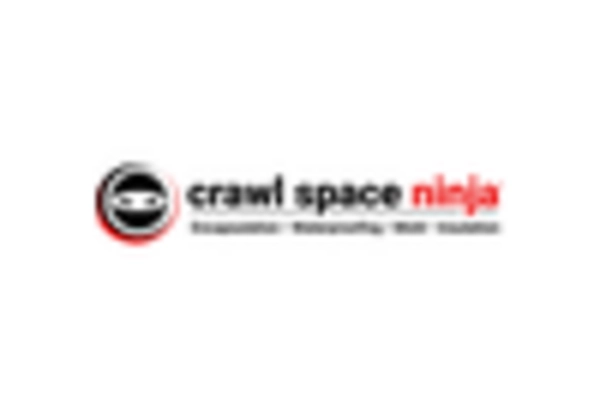

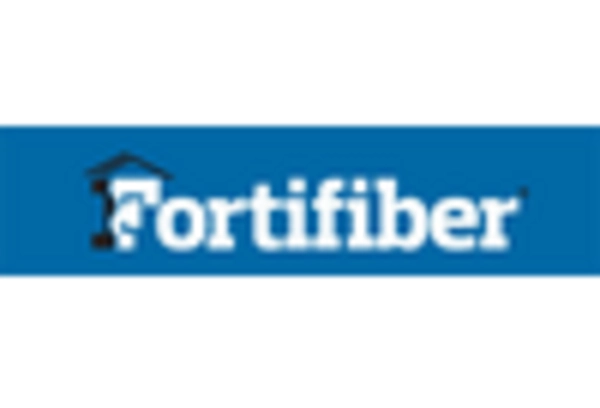
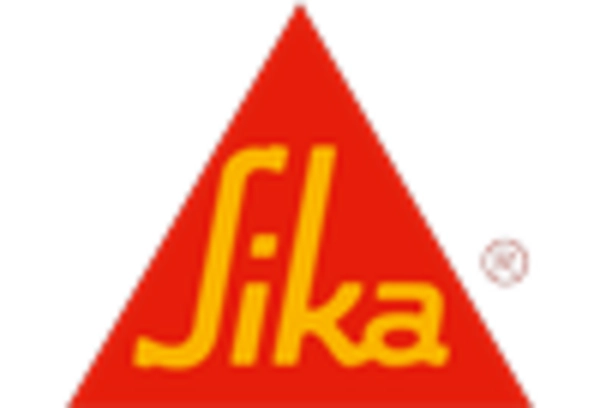
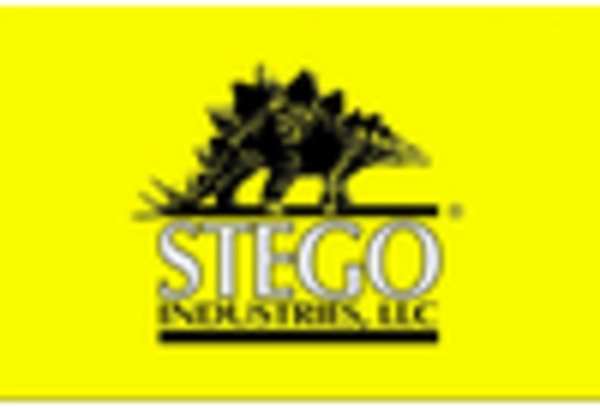








Leave a Comment